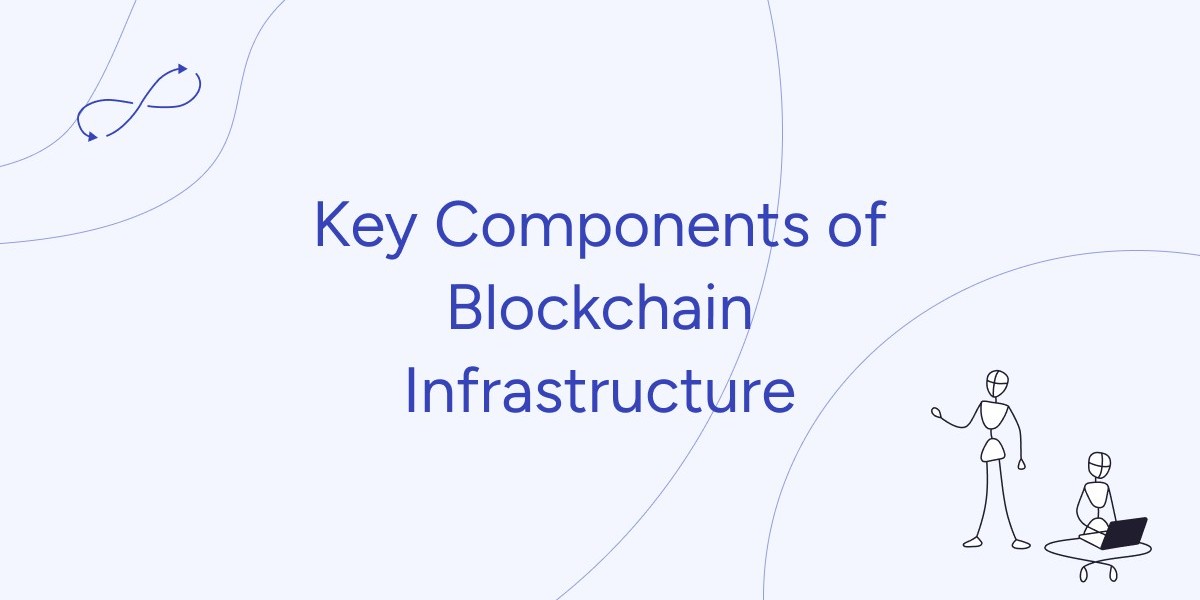Blockchain infrastructure is the backbone of decentralized networks, providing the essential technology and systems that enable the secure, transparent, and efficient operation of blockchain-based applications.
1. Nodes
Nodes are the individual devices that form the blockchain network. Each node maintains a copy of the blockchain ledger and participates in the consensus process to validate and record new transactions. Nodes can be full nodes, which store the entire blockchain, or light nodes, which only store parts of it.
2. Consensus Mechanisms
Consensus mechanisms are the protocols that ensure all nodes in the network agree on the state of the blockchain. Common consensus algorithms include Proof of Work (PoW), used by Bitcoin, and Proof of Stake (PoS), used by Ethereum 2.0. These mechanisms prevent double-spending and ensure the integrity of the blockchain.
3. Smart Contracts
Smart contracts are self-executing contracts with the terms of the agreement directly written into code. They run on the blockchain and automatically enforce and execute contract terms when predefined conditions are met, reducing the need for intermediaries and enhancing trust.
4. Cryptography
Cryptographic techniques are fundamental to blockchain security. They protect data integrity and user privacy by ensuring that transactions are secure and immutable. Public-key cryptography, hash functions, and digital signatures are commonly used cryptographic methods in blockchain technology.
5. Decentralized Storage
Decentralized storage solutions, such as InterPlanetary File System (IPFS), are used to store data off-chain. This approach helps to overcome the scalability limitations of blockchain networks by storing large amounts of data in a distributed manner while still maintaining a reference to it on the blockchain.
Significance of Blockchain Infrastructure
Security
Blockchain infrastructure provides unparalleled security by utilizing decentralized consensus mechanisms and cryptographic techniques. This reduces the risk of hacks and fraud, making it an ideal solution for secure data transactions.
Transparency
Every transaction on the blockchain is recorded on a public ledger that is visible to all participants. This transparency fosters trust among users and allows for easy auditing and verification of data.
Efficiency
By eliminating intermediaries and automating processes through smart contracts, blockchain infrastructure increases operational efficiency. Transactions can be processed faster and at a lower cost compared to traditional systems.
Decentralization
Blockchain infrastructure promotes decentralization, reducing the reliance on central authorities. This democratizes data control and ensures that no single entity has undue influence over the network.
Future Prospects
The future of blockchain infrastructure looks promising as it continues to evolve and find applications across various industries. Key trends to watch include:
Scalability Solutions
Innovations such as sharding and layer 2 solutions like the Lightning Network aim to address the scalability issues of blockchain networks, enabling them to handle a higher volume of transactions.
Interoperability
Efforts are being made to enhance interoperability between different blockchain networks. Cross-chain protocols and bridges will allow seamless interaction and data transfer between blockchains, expanding the utility of blockchain technology.
Regulatory Integration
As blockchain technology gains mainstream acceptance, regulatory frameworks will evolve to integrate blockchain solutions. Clear regulations will provide a stable environment for blockchain development and adoption.
Decentralized Finance (DeFi)
The rise of DeFi platforms is a testament to the transformative potential of blockchain infrastructure. By offering decentralized financial services such as lending, borrowing, and trading, DeFi is revolutionizing the traditional financial system.
Sustainability
Environmental concerns associated with energy-intensive consensus mechanisms like PoW are driving the development of more sustainable blockchain solutions. PoS and other energy-efficient algorithms are gaining traction as the industry moves towards greener practices.
Conclusion
Blockchain infrastructure is a critical component of the digital transformation landscape, offering secure, transparent, and efficient solutions for a wide range of applications. As technology continues to advance, blockchain infrastructure will play a pivotal role in shaping the future of decentralized systems, driving innovation, and creating new opportunities across various sectors.

